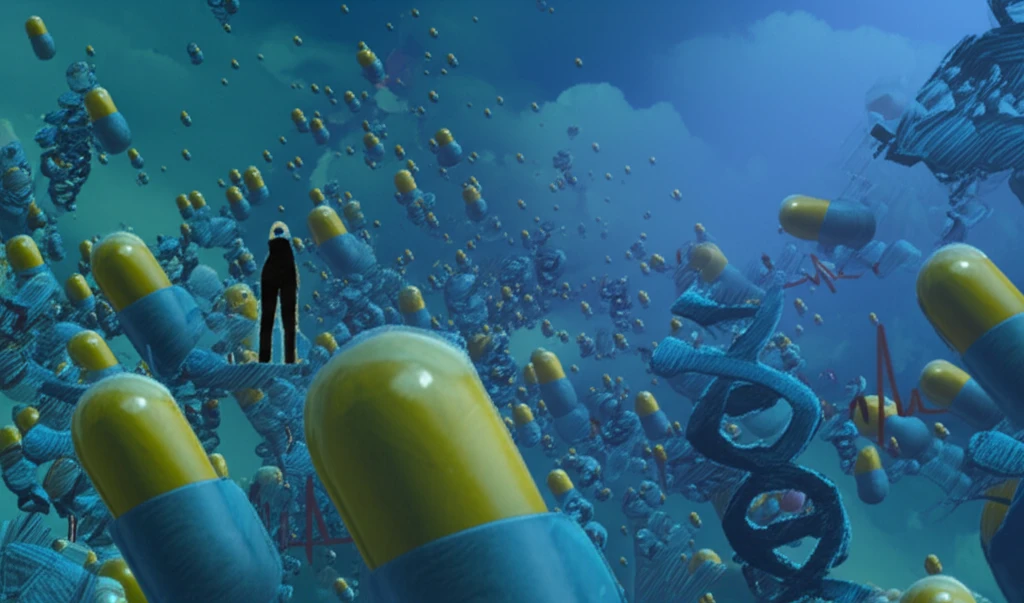
Decoding Drug Safety: Why Pharmacovigilance Matters for Your Health
"Understanding the critical role of pharmacovigilance in protecting patients and improving healthcare in North India."
In the realm of healthcare, ensuring the safety and efficacy of medications is paramount. Every drug, while intended to heal, carries the potential for adverse effects. This is where pharmacovigilance steps in—a critical system that monitors and assesses the safety of medicines, aiming to protect patients from harm.
Pharmacovigilance involves the science and activities related to the detection, assessment, understanding, and prevention of adverse effects or any other drug-related problems. It's a crucial aspect of public health, especially in a country like India, where a diverse population and a rapidly evolving pharmaceutical landscape demand constant vigilance.
This article delves into the current scenario of pharmacovigilance in India, highlighting its importance, the challenges faced, and the efforts being made to enhance drug safety. We'll explore the significance of this process, from early detection of adverse drug reactions (ADRs) to the implementation of effective monitoring programs.
Unveiling the Essence of Pharmacovigilance: What It Is and Why It Matters

Pharmacovigilance is more than just a technical term; it is a fundamental pillar of patient safety. At its core, it is the science and activities dedicated to detecting, assessing, understanding, and preventing adverse effects or any drug-related issues. This encompasses every stage of a drug's lifecycle, from clinical trials to post-market surveillance.
- Detection: Identifying potential adverse drug reactions (ADRs) through various reporting systems.
- Assessment: Evaluating the nature, severity, and frequency of ADRs.
- Understanding: Analyzing the underlying mechanisms and risk factors associated with ADRs.
- Prevention: Implementing measures to minimize or eliminate the risks of ADRs, such as updated prescribing guidelines and patient education.
Looking Ahead: Enhancing Pharmacovigilance for a Healthier Tomorrow
Pharmacovigilance plays a vital role in safeguarding public health by ensuring the safe and effective use of medications. As we've seen, it's a comprehensive process that involves detection, assessment, understanding, and prevention of adverse drug reactions. By strengthening pharmacovigilance programs, we can foster a healthcare environment where patients receive the benefits of medicines with minimized risks.
